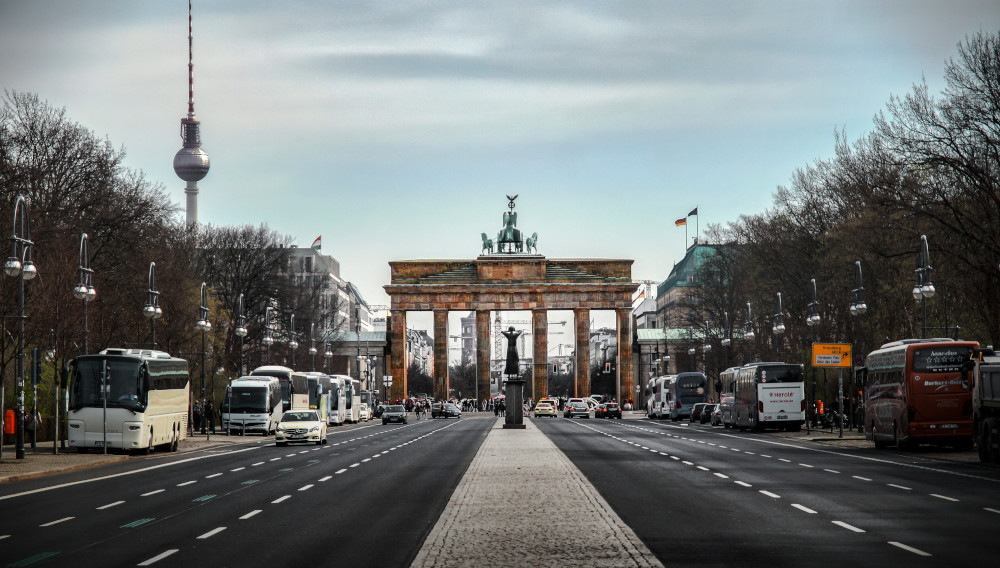The drama of demographics
Germany | Why will German beer sales continue to swoon? Blame it on an upside-down population pyramid. Baby boomers are about to approach retirement, while German brewers will find themselves short of 20 million consumers aged 20 to 60 years in the next two decades.
Add to these predictable demographic changes an equally foreseeable change in consumption patterns, and it is easy to see why German brewers are concerned. Between 1991 and 2018, total beverage consumption rose by 100 litres to 761 litres per capita, but beer’s share of throat declined to 102 litres from 142 litres over the same period.
In actual fact, since German unification in 1990, brewers have seen 29 million hl beer wiped from their books. To put this into perspective: it is as if the Netherlands (24 million hl beer) suddenly ran dry.
In 2019, per capita consumption of beer in Germany will have dropped to about 100 litres, which includes a fair amount of non-alcoholic beer (8 percent).
German beer production (excluding non-alcoholic beers, which official statistics don’t deem “beer” because they don’t carry excise) declined 1.9 percent. Bavarian brewers saw an even steeper decline: minus 3.3 percent to 23.8 million hl beer. If you add non-alcoholic beer (about 2 million hl) Bavarian brewers managed to sell 25.8 million hl beer.
Bavaria in the lead
This makes Bavaria the nation’s major beer producer, ahead of the state of North-Rhine Westphalia (once famous for its Dortmunder beers), which has 40 percent more inhabitants than Bavaria: 18 million people versus 13 million.
In the past, Bavarian brewers partly managed to resist the general downward trend because their top-fermenting wheat beer styles enjoyed a sales hike. But consumers’ increasing demand for Helles has come at the expense of wheat beers sales. Now Bavarian brewers wonder which beer style will replace Helles once the fashion changes again.
As elsewhere, the smart money is on NOLAs, non- or low-alcoholic beers and beer mixes. Babo Blue, a blue-coloured shandy made from Kölsch beer and berry lemonade at 2.9 percent ABV, which was designed by some students from Weihenstephan in 2015, might lead the way.
Price competition is hurting
No doubt, Bavarian brewers would be keen and willing to experiment with innovations to cater to an increasingly heterogenous consumer demand, were it not for the cut-throat price competition in the German market, which stifles their attempts at getting a decent price for their beers.
For nearly three decades, German brewers have managed to absorb all cost increases and not passed them on to consumers. A 10-litre crate of a Pils beer today can costs as much – or as little – as it did in the early 1990s: DM 20.00 in 1993 compared with EUR 10.00 in 2019 (the exchange rate DM to Euro was 2:1).
The big question is: how much longer can German brewers persevere under such conditions?


